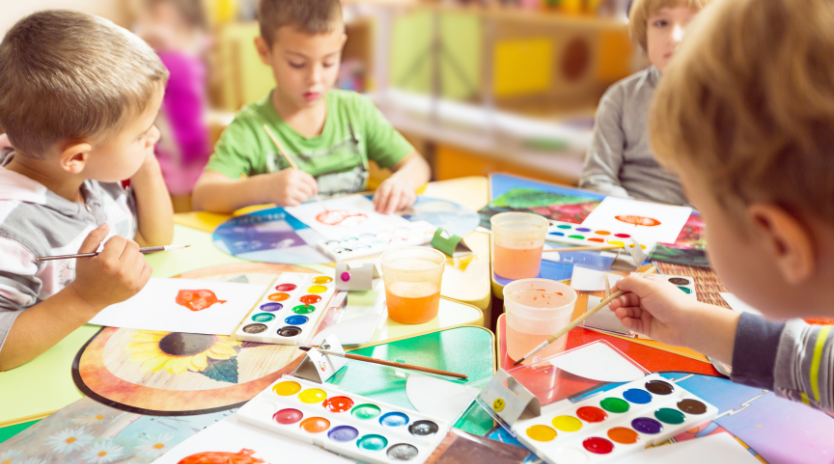
At Conchita Espinosa Academy – a recognized performing arts preschool in Miami – we believe that learning goes beyond just one subject. This is why we integrated cross-disciplinary learning, which connects different areas of study, allowing students to see how subjects like math, science, art, and history work together. This approach helps children develop important skills, such as critical thinking, creativity, and problem-solving. Let’s explore three key benefits of cross-disciplinary learning for students.
1. Enhances Critical Thinking
One of the most significant advantages of cross-disciplinary learning is the way it improves critical thinking. By learning across different subjects, students gain new ways of solving problems. For example, while studying climate change, they might look at it from a scientific, mathematical, historical, and social perspective. This helps them to think about problems more thoroughly, from many angles, and come up with creative solutions.
Even in preschool, cross-disciplinary learning helps young students begin to make connections between different areas of knowledge. For instance, while exploring the concept of animals, they might learn about the biology of different species, the math involved in counting them, and the art of drawing animals. This approach not only sparks curiosity but also encourages children to think critically about the world around them, laying the foundation for problem-solving skills that will grow throughout their education.
2. Fosters Creativity and Innovation
Cross-disciplinary learning encourages students at our performing arts preschool to think outside the box. Just like two minds think better than one, the same goes for one mind with multiple perspectives. When students explore different subjects and combine their knowledge in new ways, they’re more likely to come up with innovative ideas. For instance, when math and art are connected, students can approach challenges with fresh perspectives that wouldn’t be possible in just one subject. Similarly, when students blend concepts from music and science, they can create new ways to understand rhythm and patterns, or even invent new forms of artistic expression. By promoting creativity, cross-disciplinary learning encourages students to explore different connections, empowering them to think creatively, take risks, and push the boundaries of what’s possible.
3. Promotes a Deeper Understanding of Complex Issues
Many of the issues we face in the world today are too complicated to be understood by looking at them through just one subject. In fact, even something as simple as cooking or playing in the playground can involve science (measuring ingredients, understanding temperature), math (calculating ratios, timing), and social skills (sharing, problem-solving). Cross-disciplinary learning allows students to see how different areas of knowledge come together. By using knowledge from various fields, students can form a more complete understanding of complex issues and learn to make better, more informed decisions. This will prepare them for daily challenges and approach problems with a multifaceted mindset which is essential in school, at home, and later in life.
At Conchita Espinosa Academy, our educators work to create lessons that connect different subjects and make learning more meaningful. Students take classes in a variety of subjects, including Spanish, music, dance, visual arts, religion, and P.E. This broad approach helps them make connections between subjects and see the real-world applications of what they’re learning, preparing them for success in the middle school years and beyond. If you’d like to learn more about our performing arts preschool, programs, campus, and admissions process and how we incorporate cross-disciplinary learning into our curriculum, please contact us to schedule a tour of our school!



